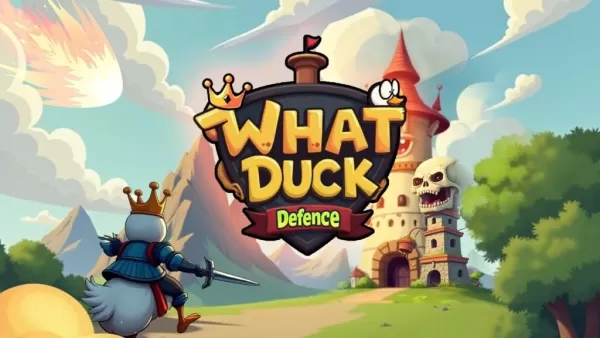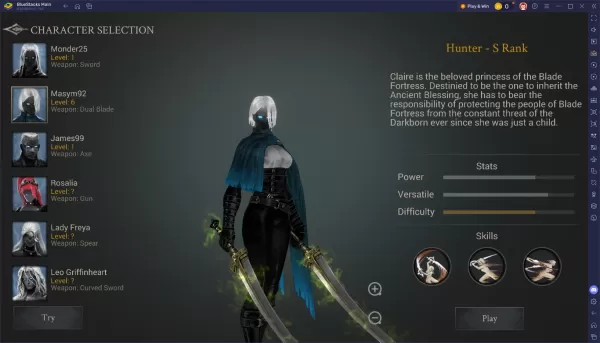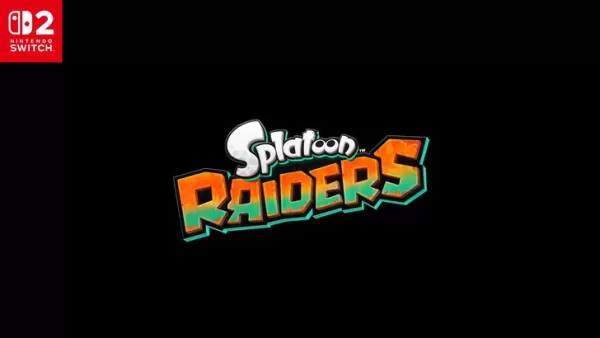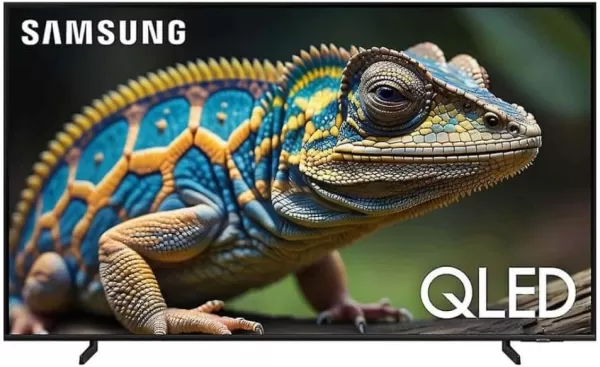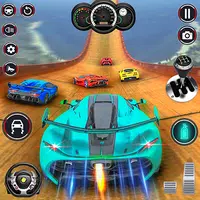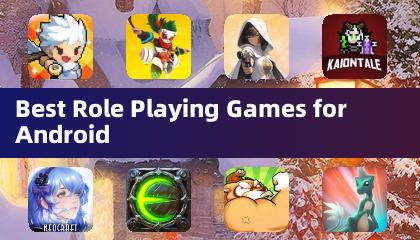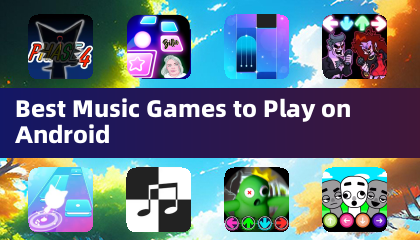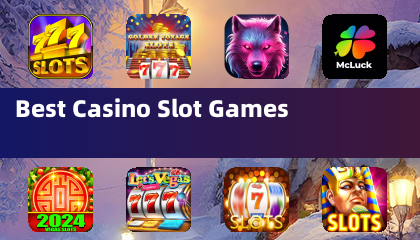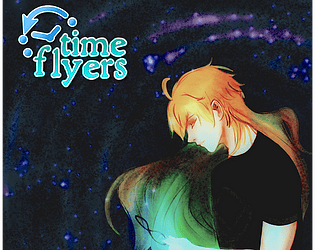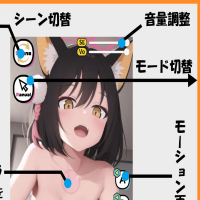On February 28, 2025, Capcom unleashed *Monster Hunter Wilds*, a game that quickly became a global sensation, as evidenced by the impressive online metrics showcased in the screenshot below.
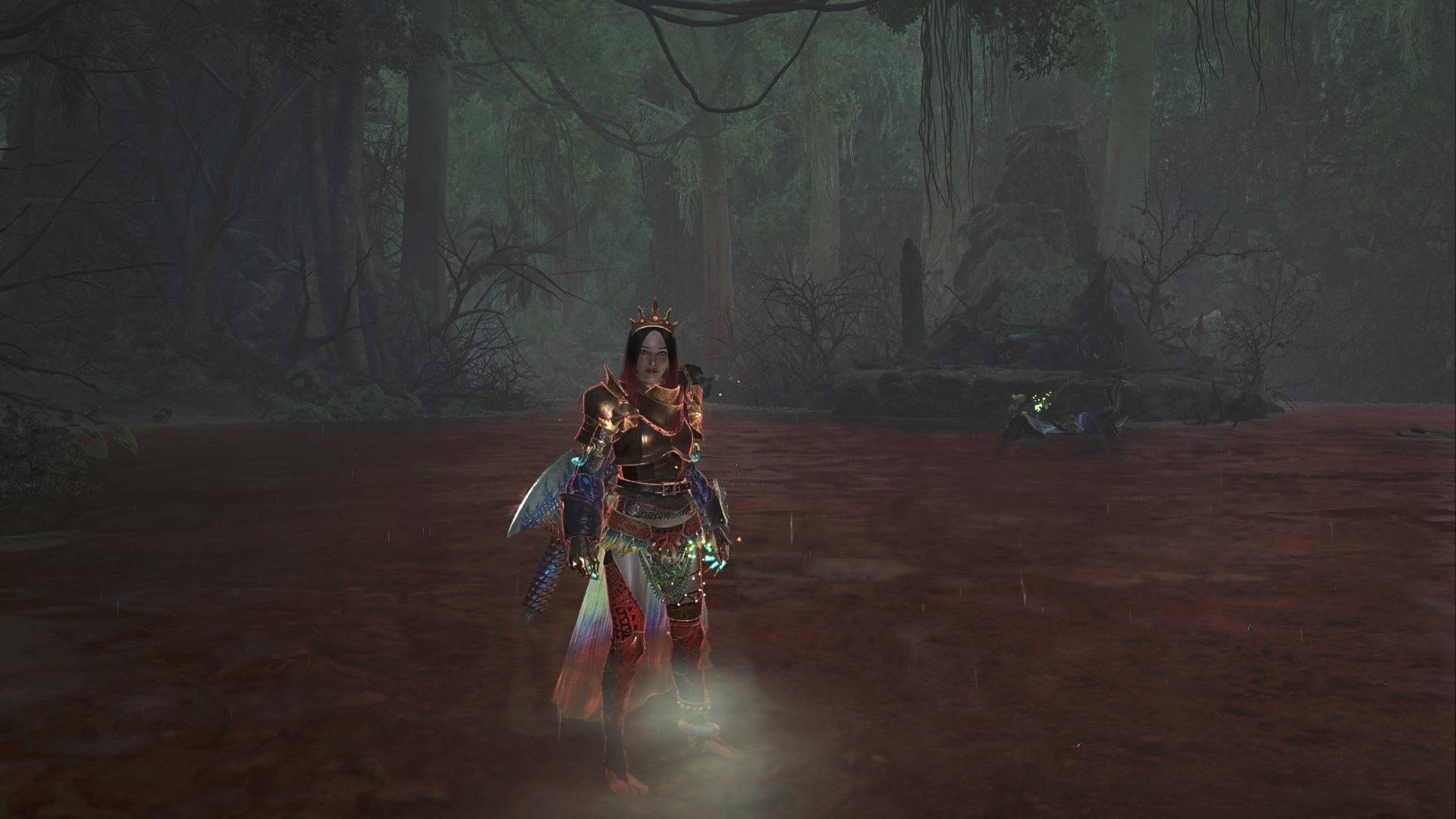 Image: ensigame.com
Image: ensigame.com
As an avid fan, I'm thrilled with this title. From the stunning graphics to the epic battles with diverse monsters, and not forgetting the beautifully crafted gear, weapons, and the tantalizing in-game food, *Monster Hunter Wilds* has it all. Though, I must admit, the food keeps drawing my attention! In this article, I'll dive into the game's essence and its system requirements.
Table of Content
- What is the project about?
- System Requirements
What is the project about?
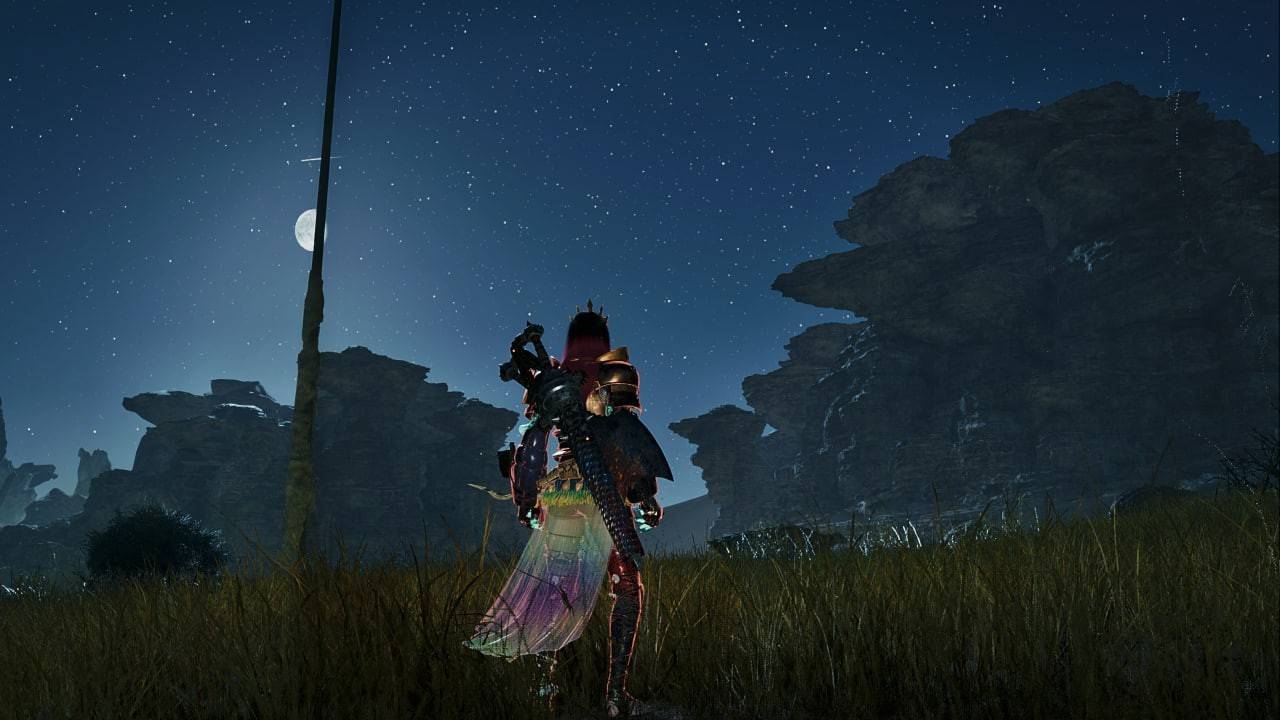 Image: ensigame.com
Image: ensigame.com
Let's skip over the story—it's clichéd, unengaging, and not the reason players flock to *Monster Hunter*. Though, it's worth noting that the protagonist can now speak, albeit with dialogue that feels AI-generated. We're stuck with this for all six in-game chapters.
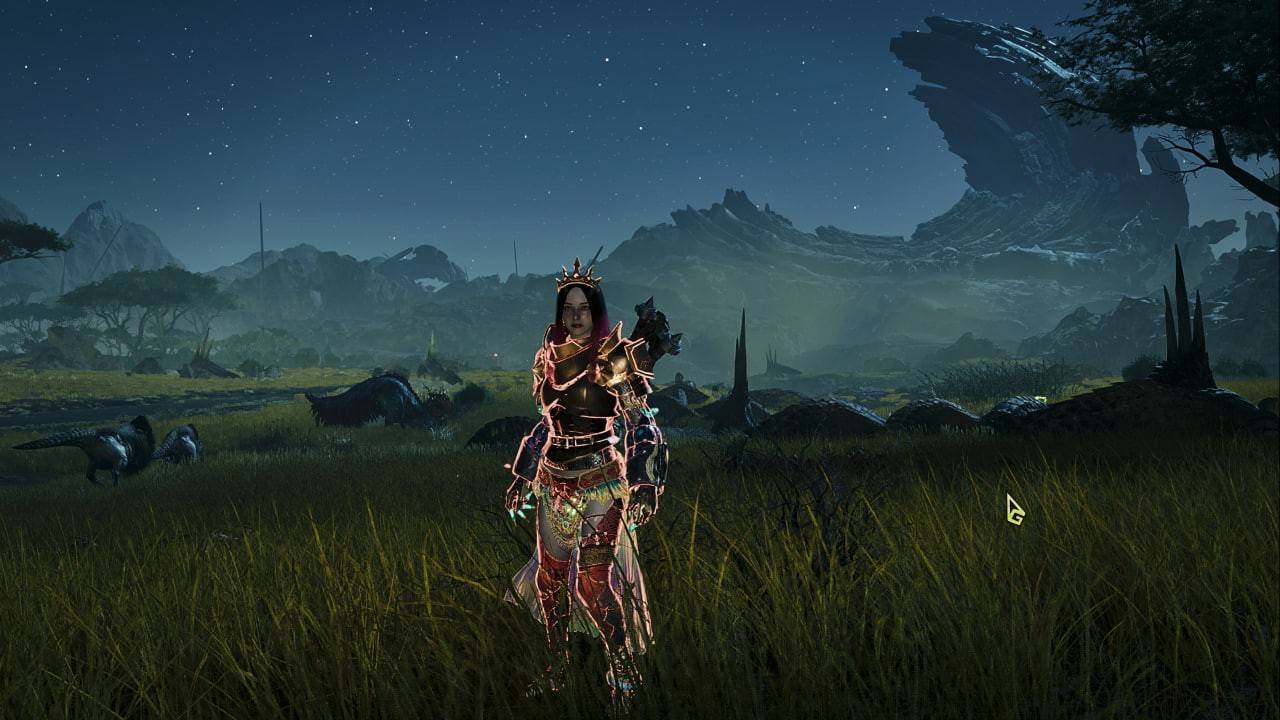 Image: ensigame.com
Image: ensigame.com
What really draws players to this series are the intense, thrilling battles against a variety of unique monsters. The protagonist, customizable as male or female, embarks on an expedition to explore uncharted territories. The catalyst for this journey? A boy named Nata, discovered in the desert, hinting at a previously unknown civilization.
Nata is the lone survivor of a tribe decimated by a mysterious creature known as the "White Ghost." The attempt to dramatize this scenario adds a touch of absurdity, especially when the locals, who've never invented weapons, are baffled by the hero's arsenal.
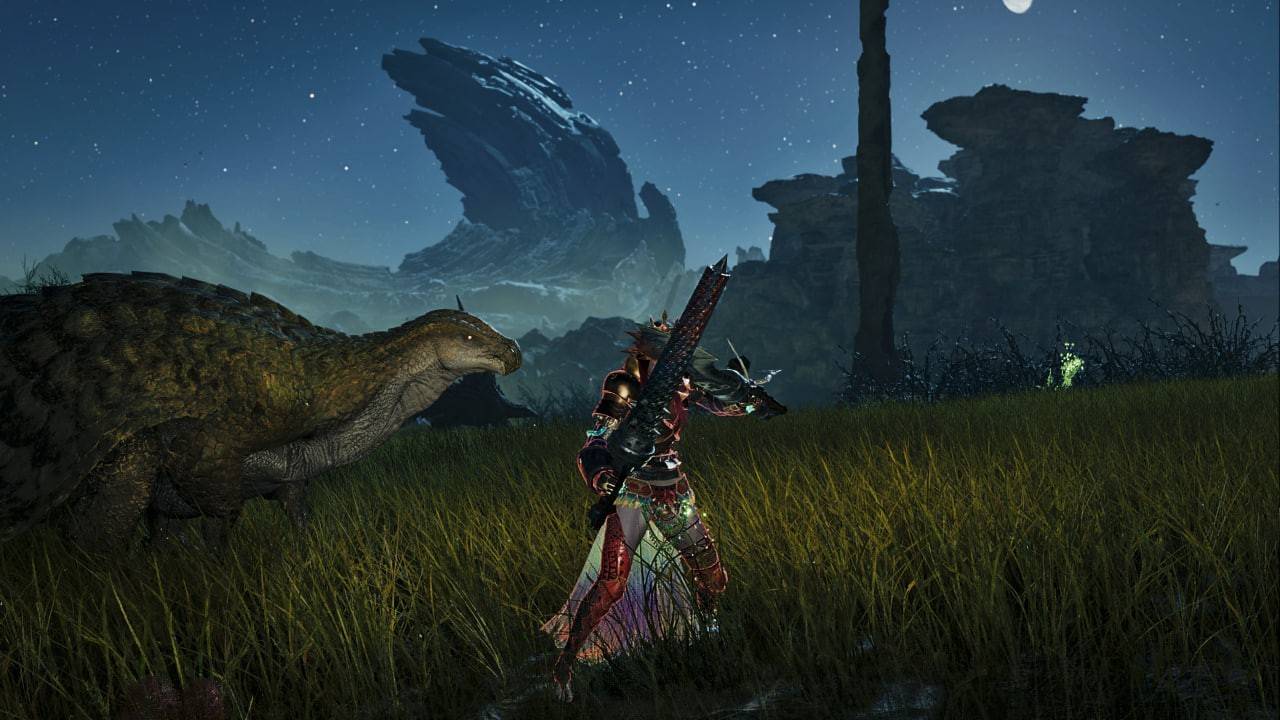 Image: ensigame.com
Image: ensigame.com
The narrative has become more structured and detailed, yet it still falls short of being a compelling story-driven experience. *Wilds* often constrains player freedom, adhering to a rigid script that can feel tedious after about ten hours of gameplay.
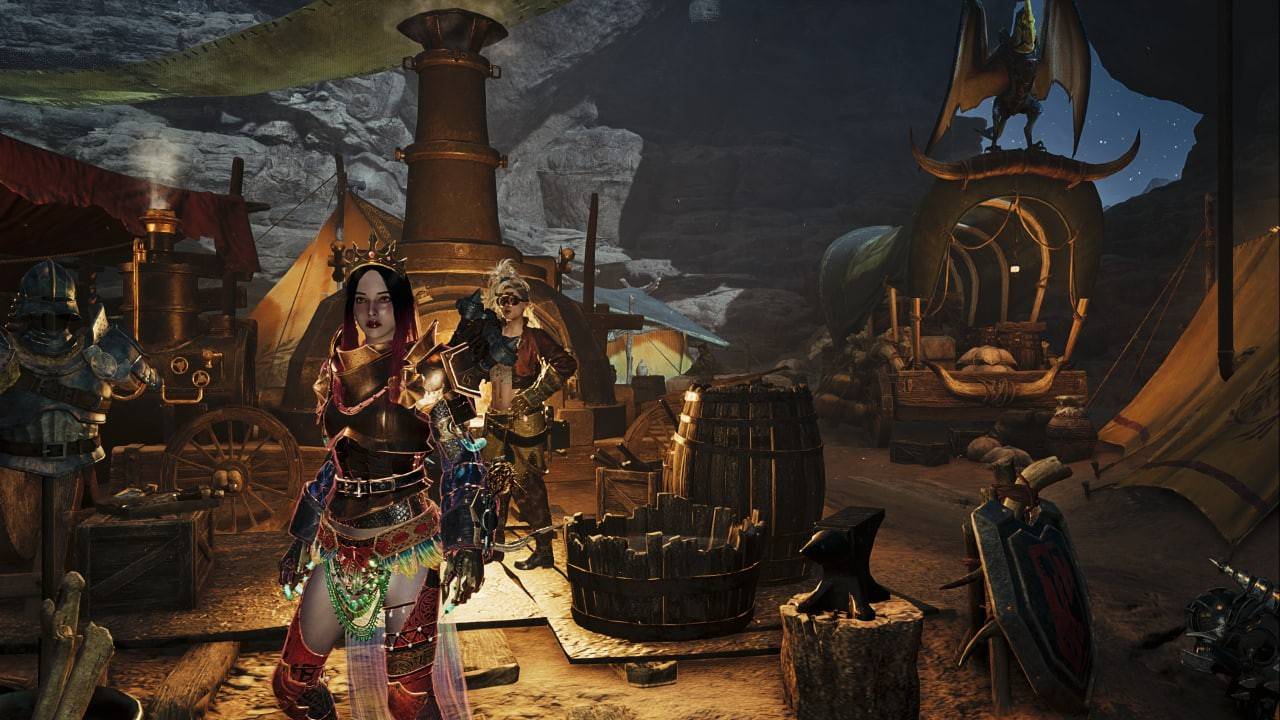 Image: ensigame.com
Image: ensigame.com
Completing the campaign takes roughly 15-20 hours, and for those focused on hunting and exploration, the story can feel more like a hurdle than an incentive. Thankfully, most dialogues and cutscenes are skippable, which is a significant plus for players like me who prefer to dive straight into the action.
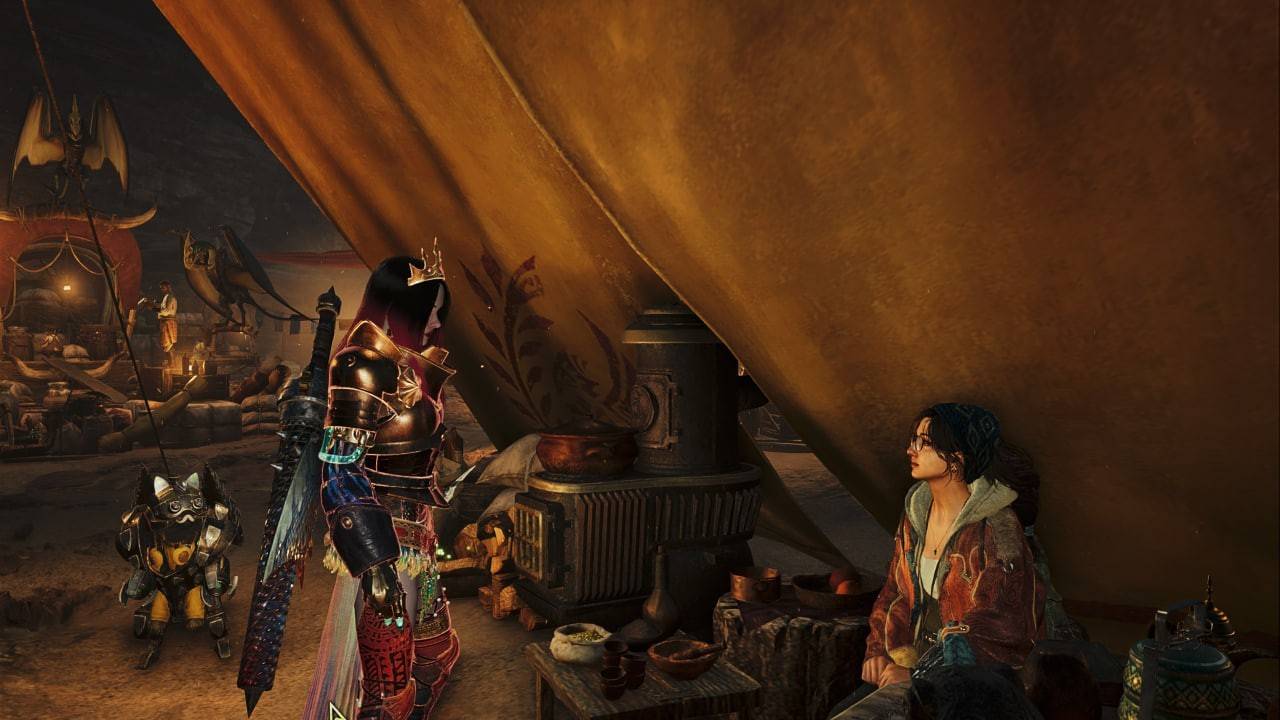 Image: ensigame.com
Image: ensigame.com
Hunting mechanics have been streamlined. Wounding a monster now shows visible damage, and by holding the right buttons, you can deal massive damage and collect monster parts automatically, a change that's both convenient and appreciated.
New rideable pets called Seikret have been introduced, which automatically dash to your target or any map location at top speed. If you're knocked down, Seikret can swiftly pick you up, saving you from lengthy recovery and potential fatal blows. This simplification is a game-changer, especially when your HP is critically low.
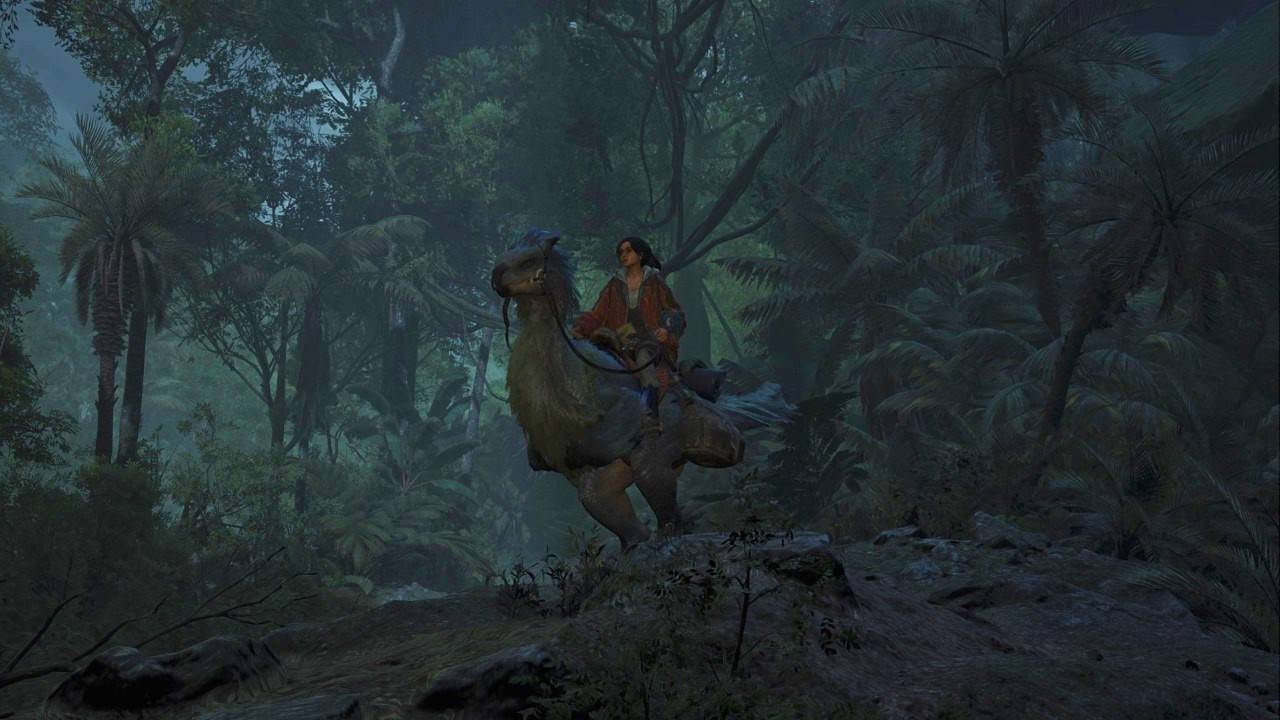 Image: ensigame.com
Image: ensigame.com
Seikret's ability to automatically navigate to destinations means less time spent fiddling with maps, and you can also fast travel to camps by hovering over the tent icon.
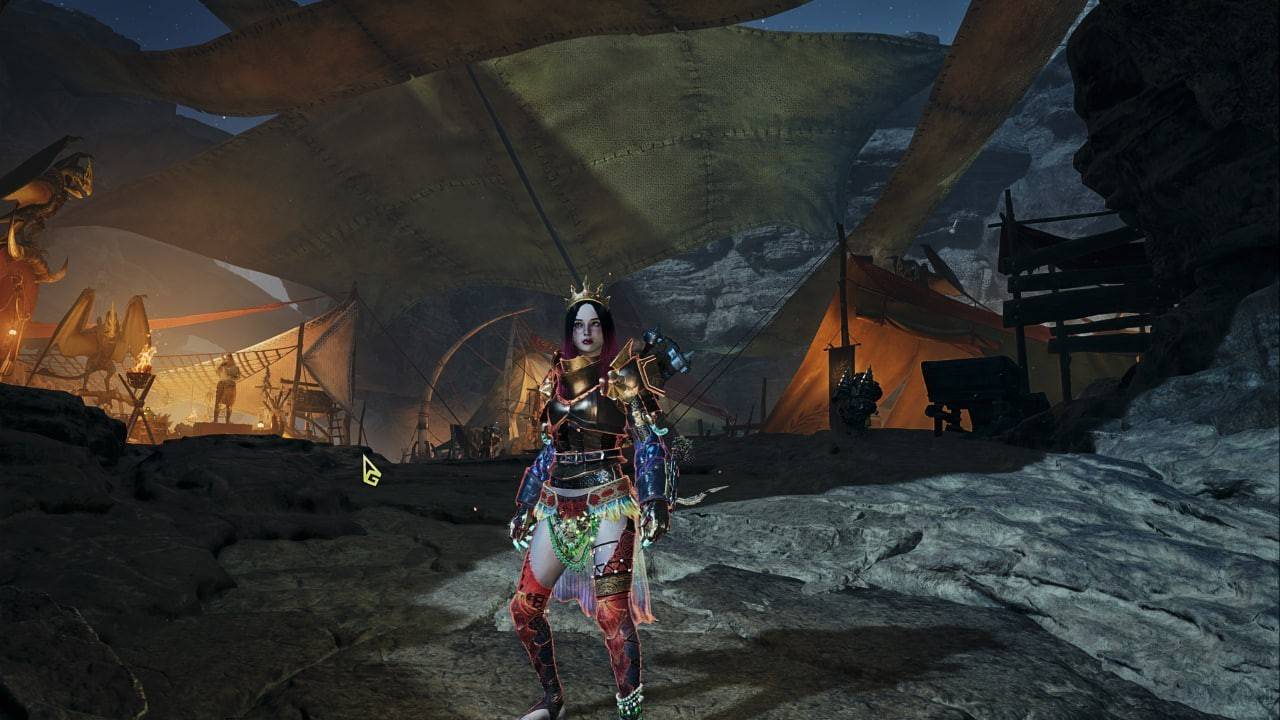 Image: ensigame.com
Image: ensigame.com
Monsters in *Wilds* don't have visible health bars; instead, you must interpret their movements, animations, and sounds to gauge their health. Your companion will announce the monster's state, adding a helpful layer of information. Monsters have also adopted new tactics, using the environment to their advantage and forming packs, which can lead to challenging multi-enemy encounters.
In these scenarios, you can call for backup, whether from live players or NPCs, making even solo hunts more manageable and enjoyable.
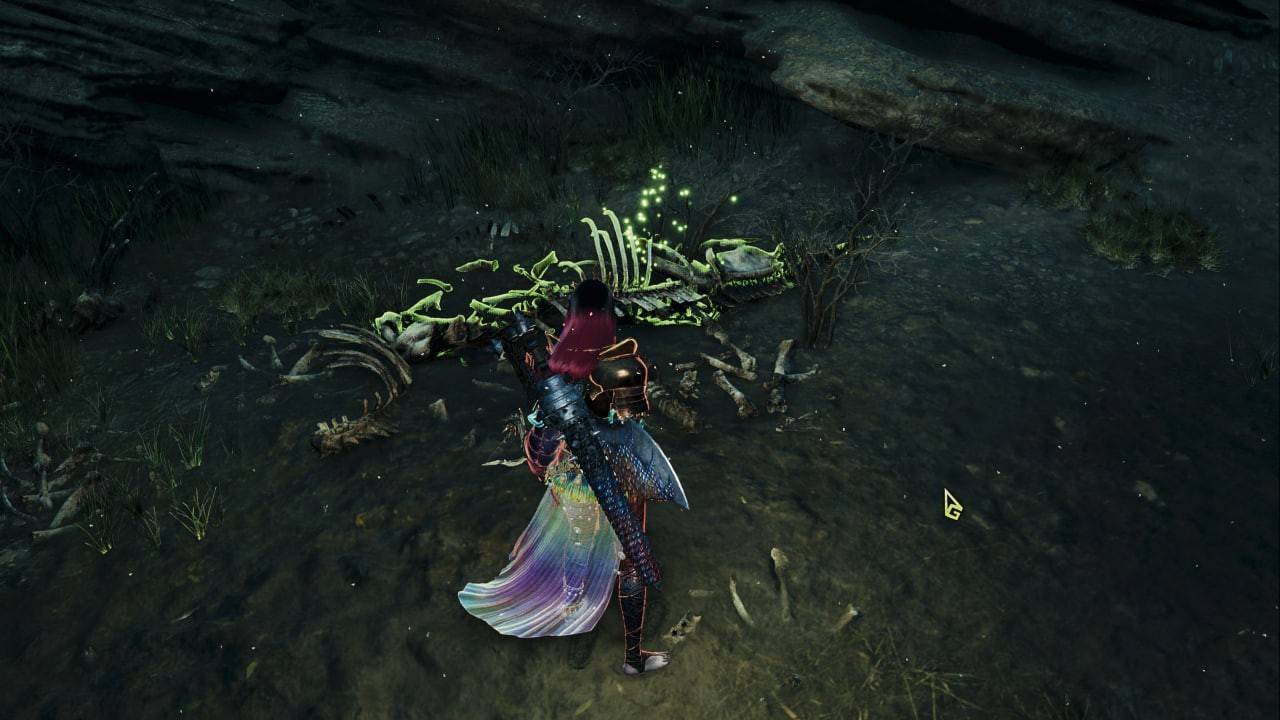 Image: ensigame.com
Image: ensigame.com
For those seeking an extra challenge, mods are available to enhance the game's difficulty.
System Requirements
Let's delve into the PC system requirements necessary for *Monster Hunter Wilds* to run smoothly, as shown in the images below.
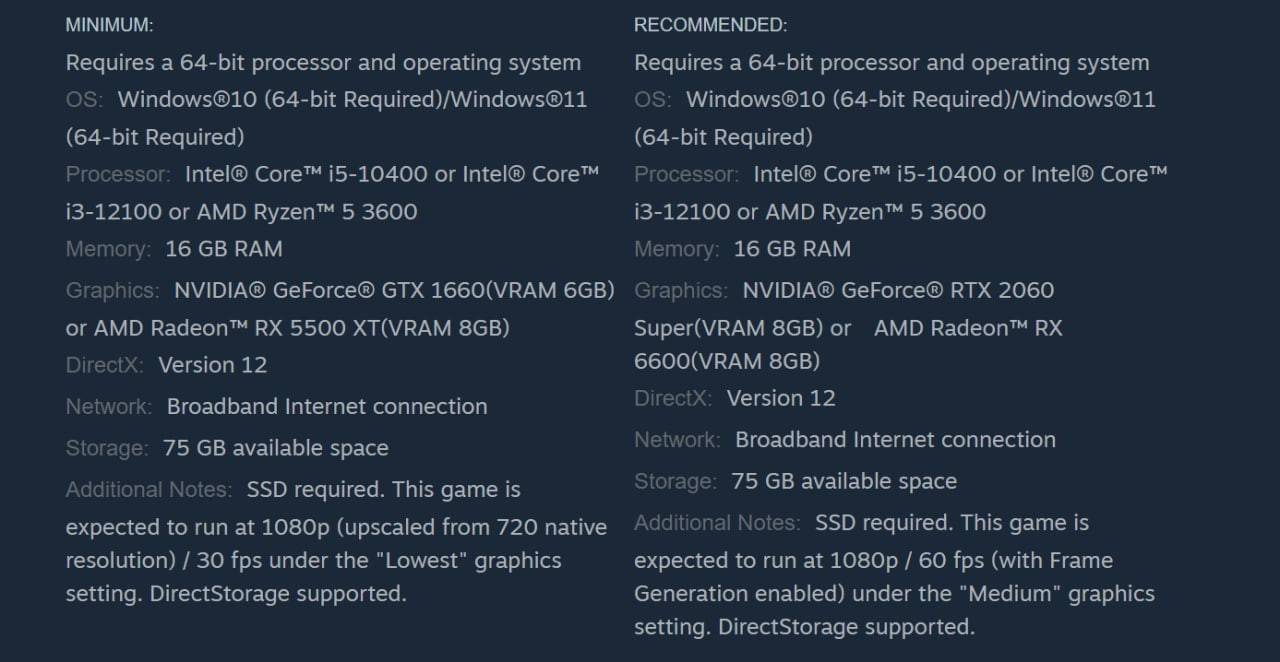 Image: store.steampowered.com
Image: store.steampowered.com
We've covered the essence of *Monster Hunter Wilds* and detailed the system requirements needed to enjoy this captivating game.

